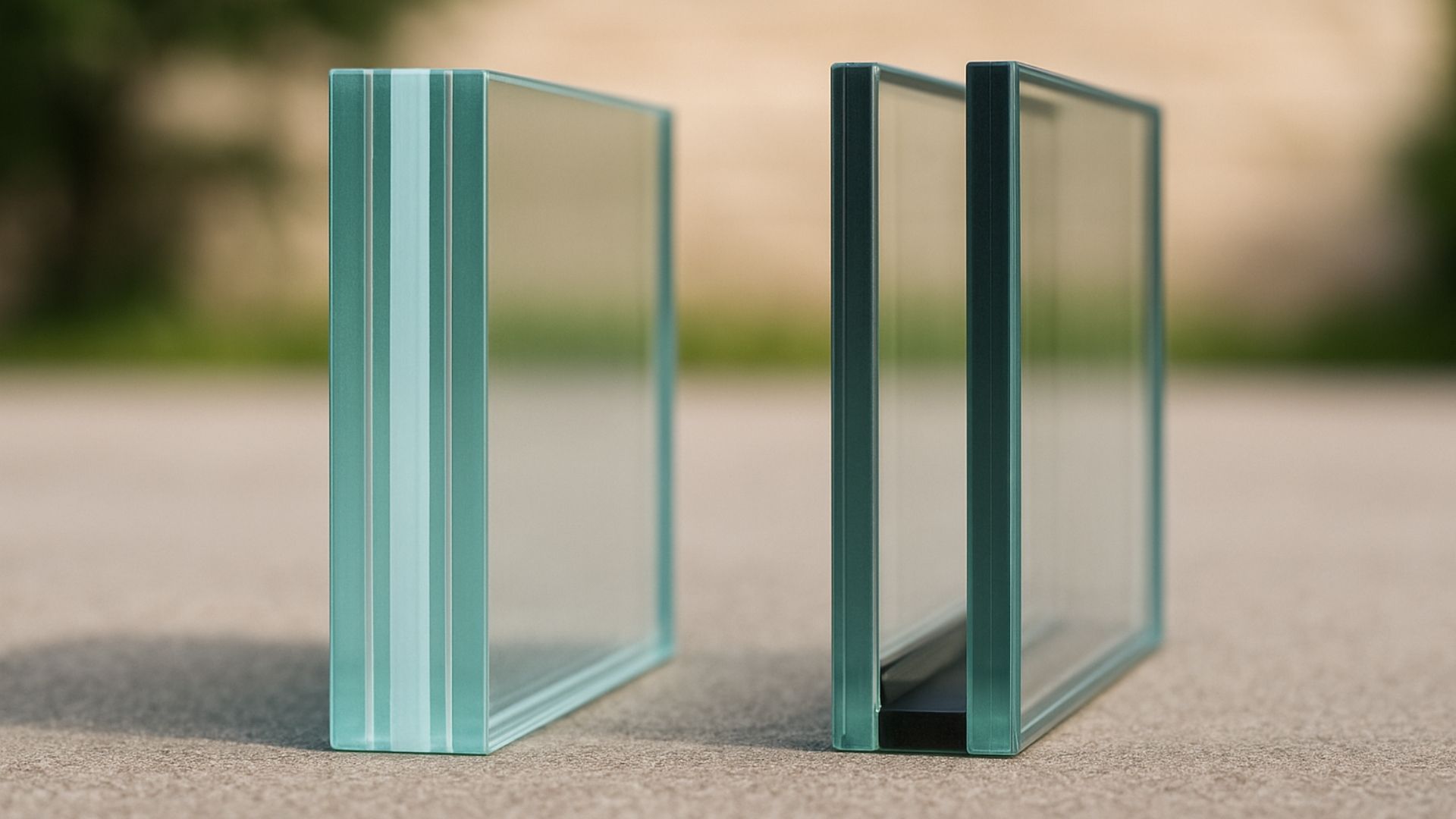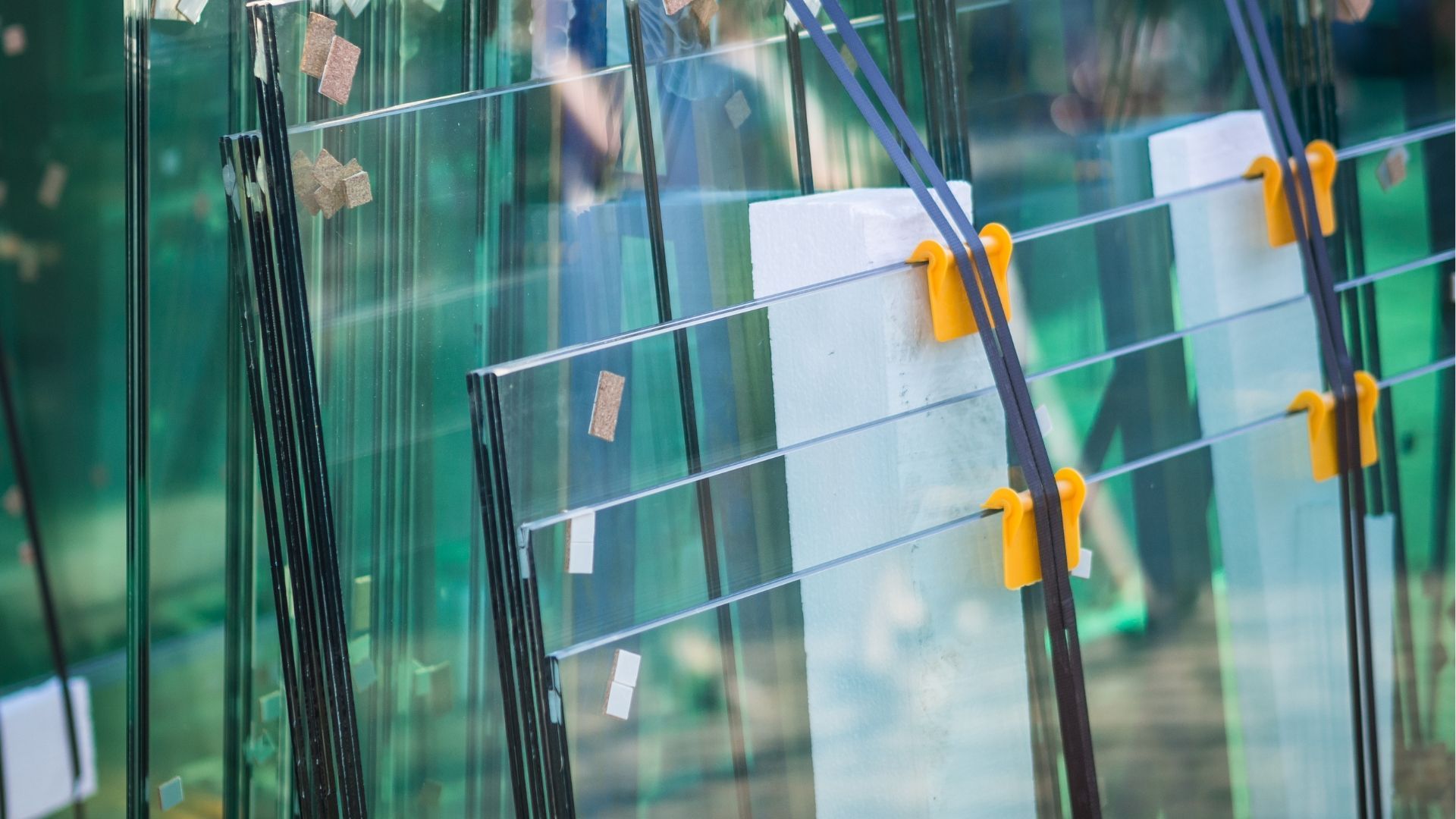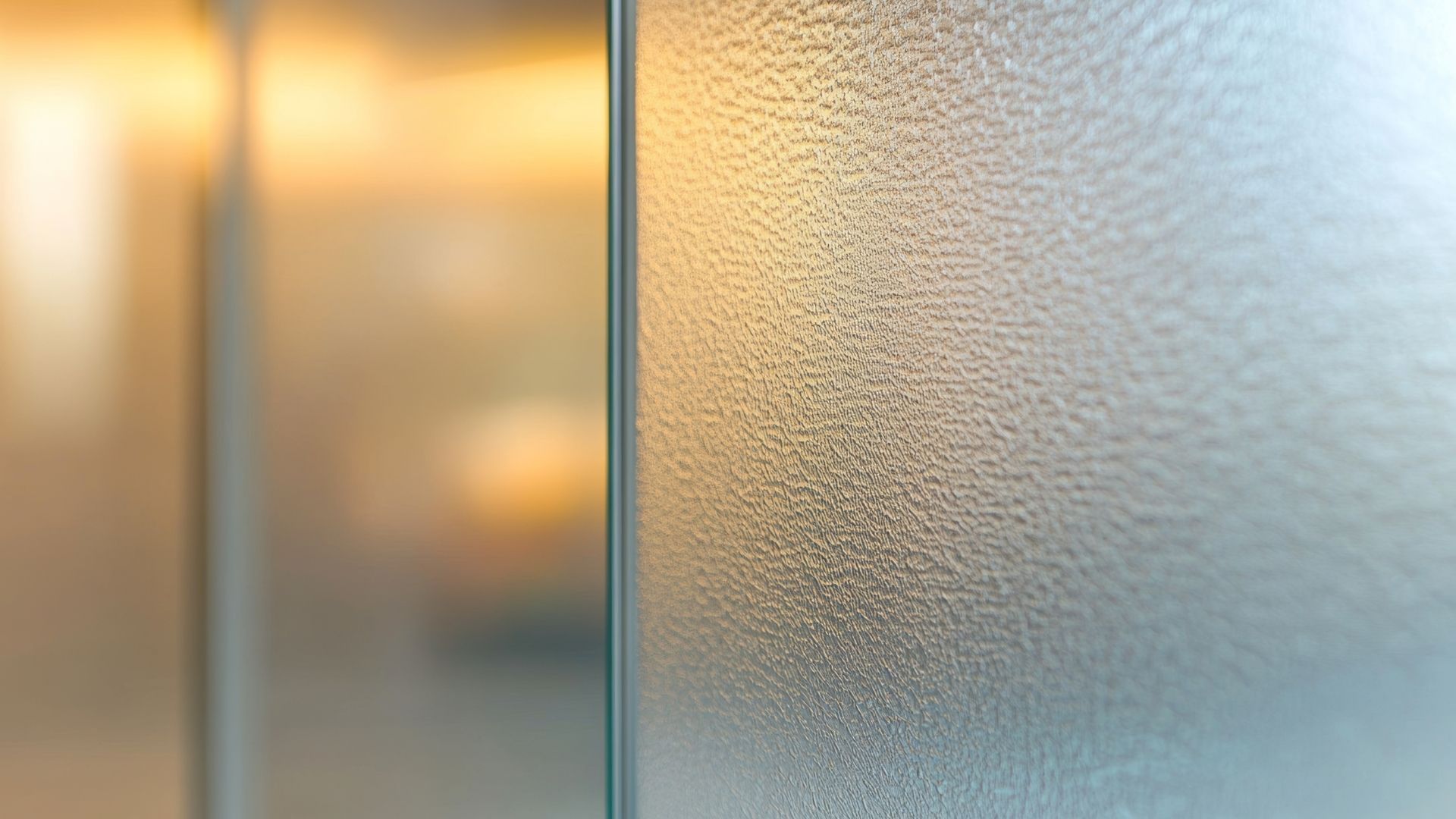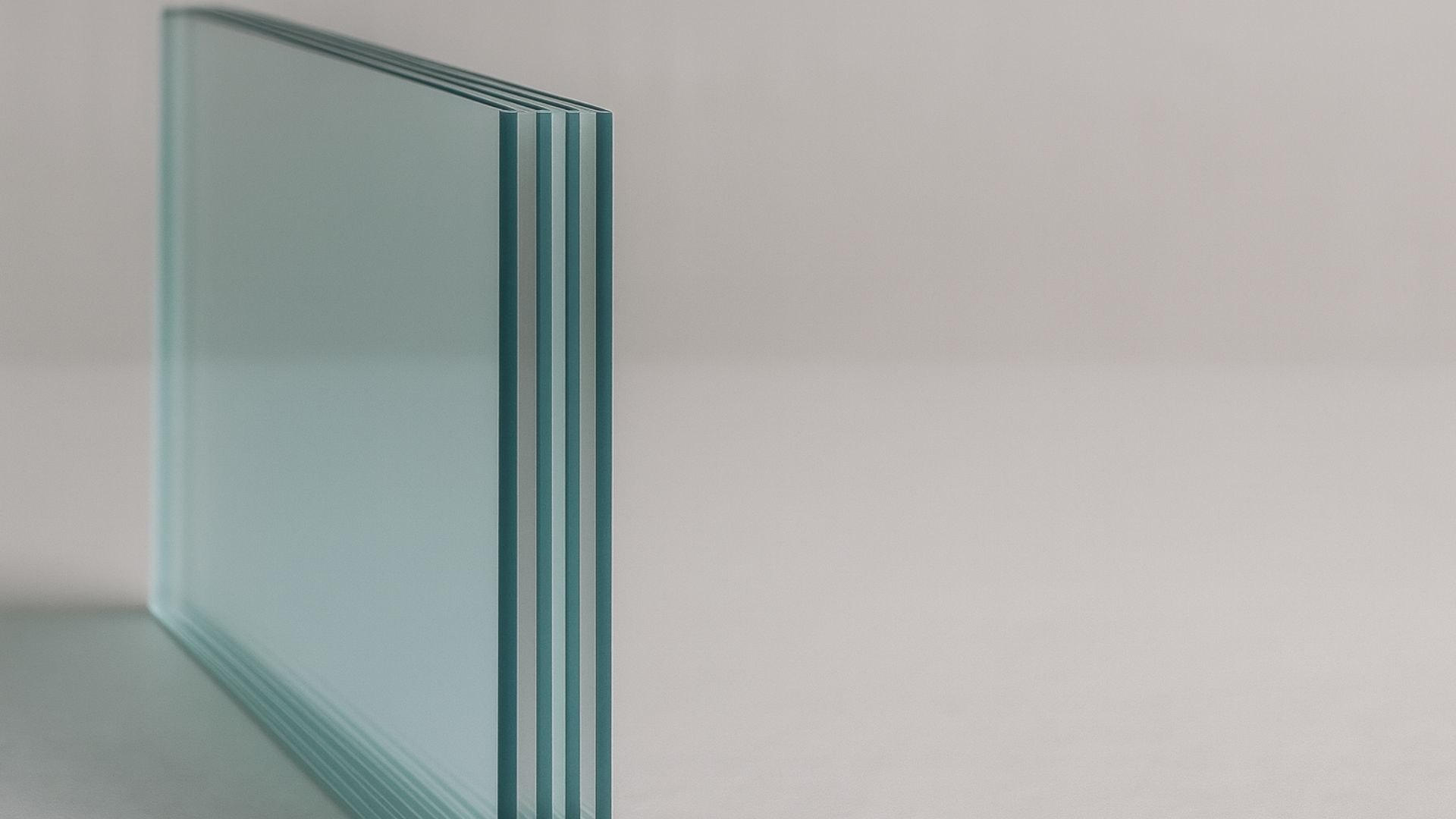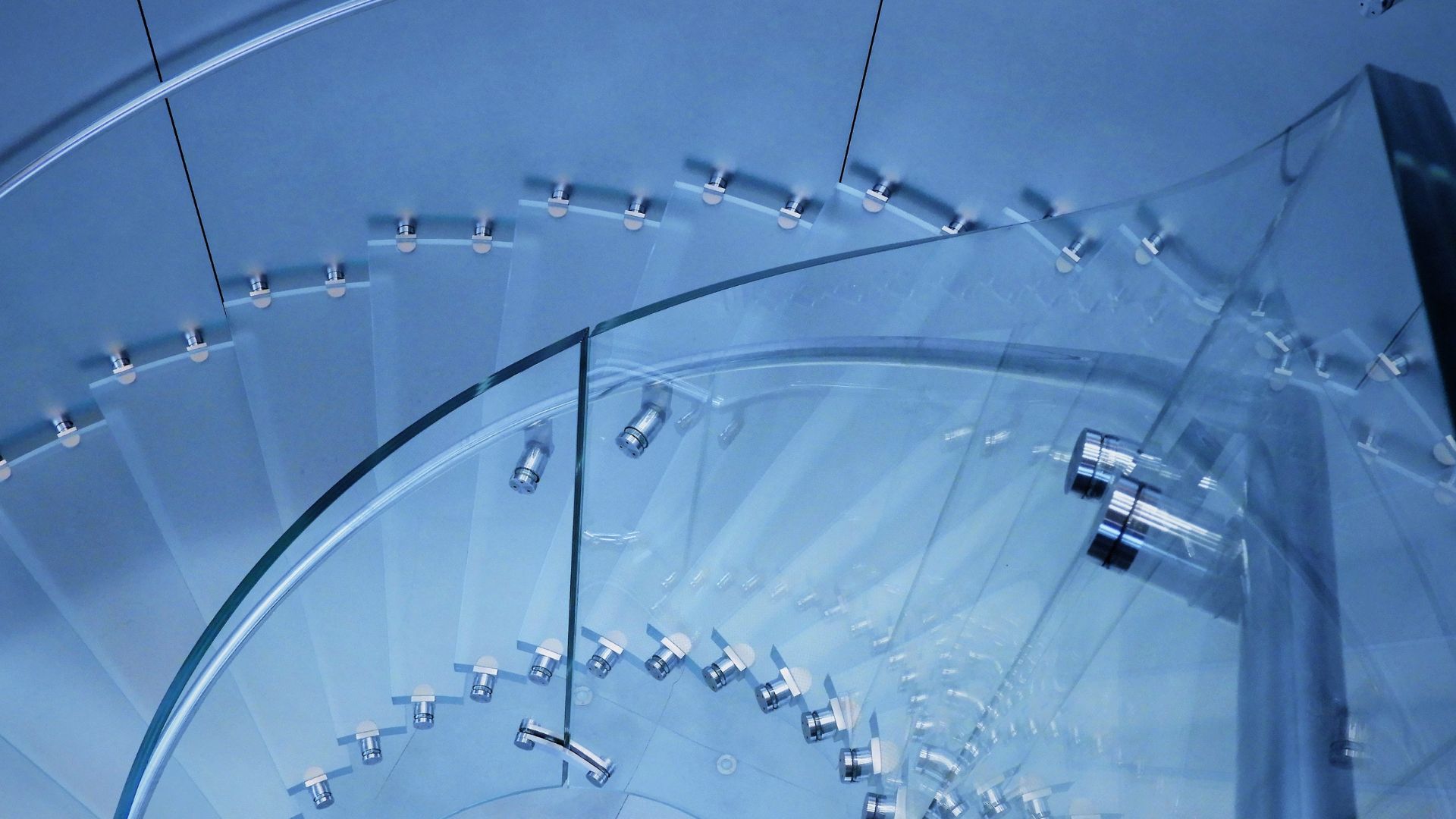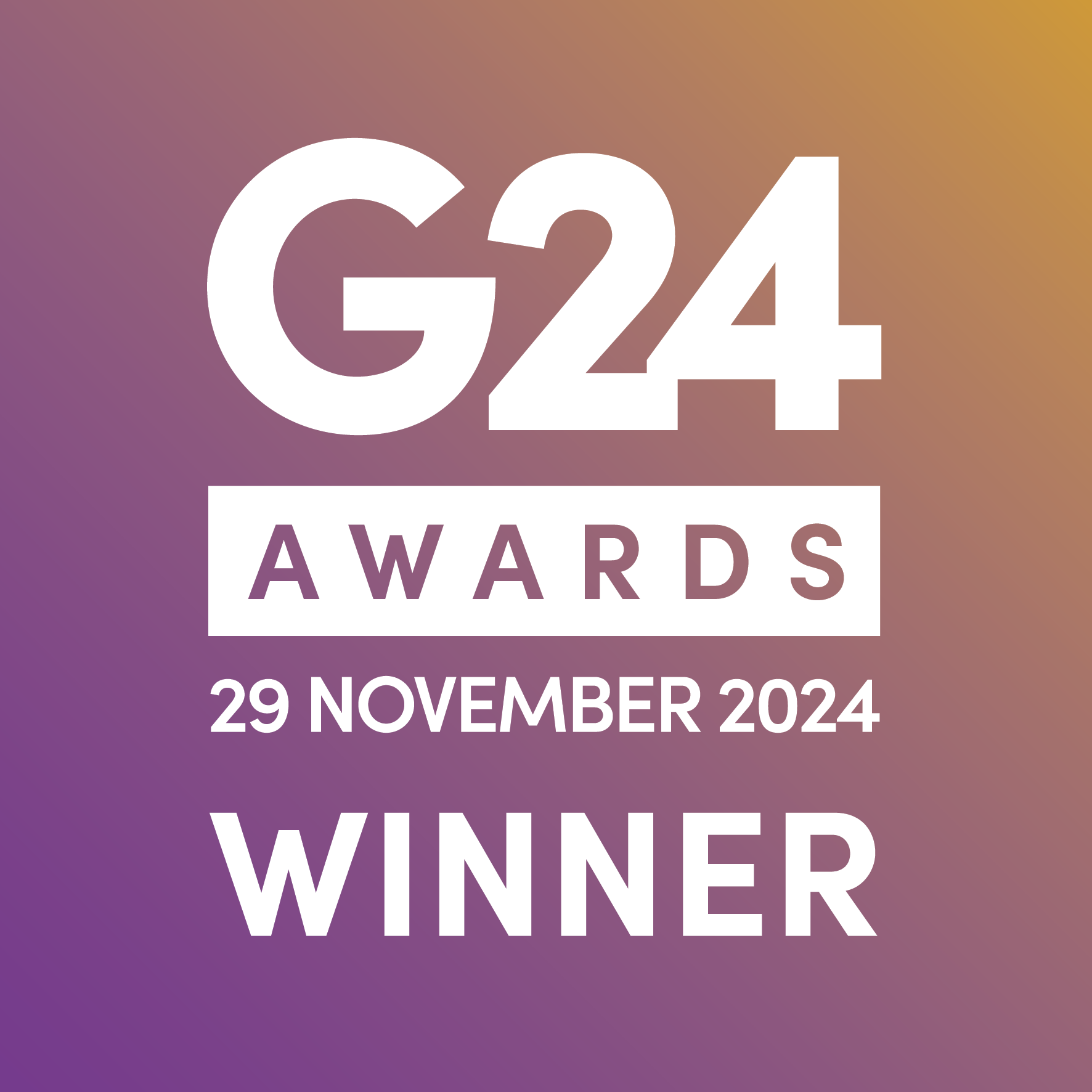The evolution of fire-resistant glass
Share this blog:
All kinds of architectural projects require fire-rated glass. Discover how it has evolved over the years.
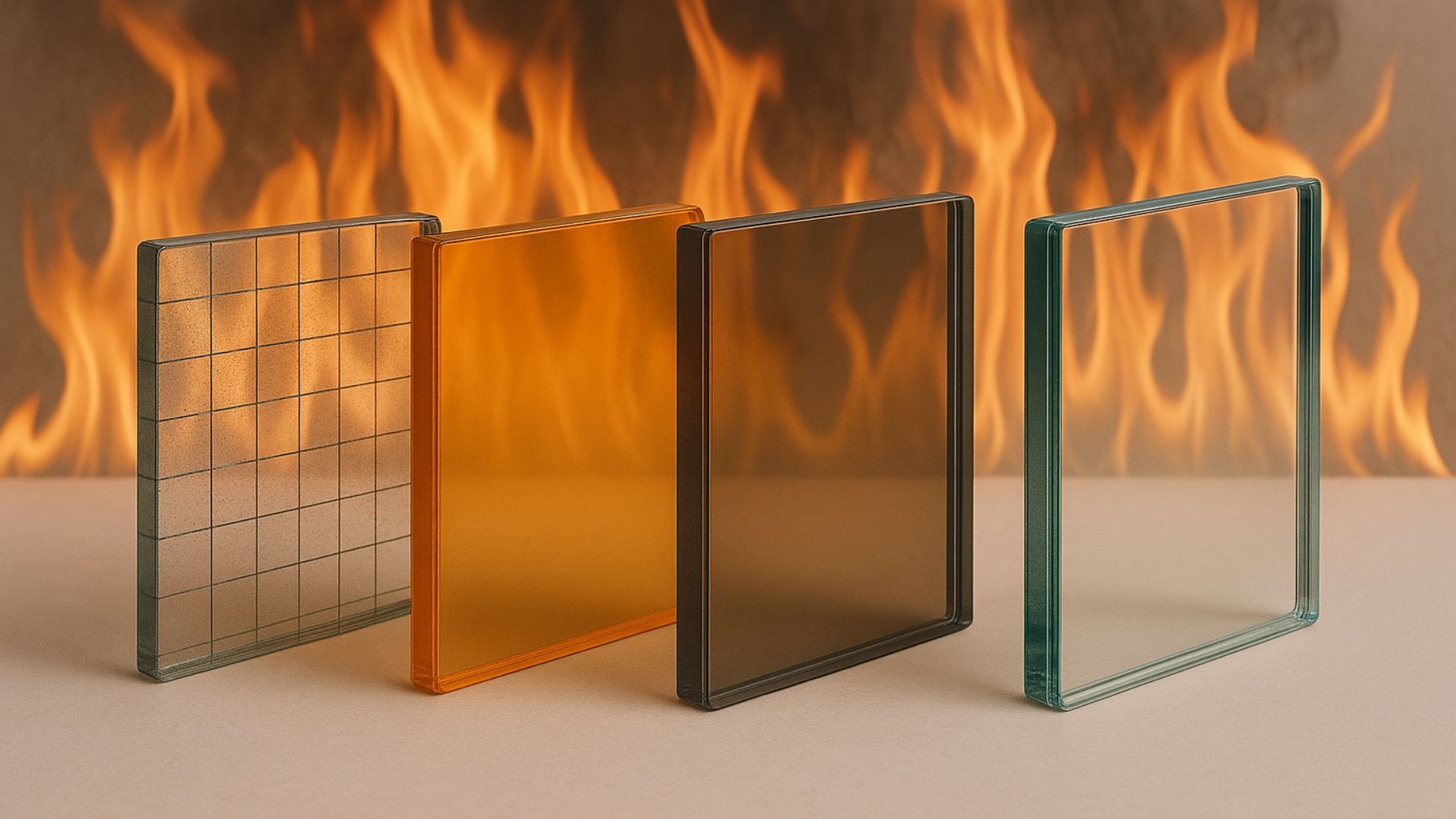
विलियम मॉरिस ने कहा था, "अपने घर में ऐसी कोई भी चीज़ न रखें, जिसके बारे में आप यह न जानते हों कि वह उपयोगी है या जिसे आप सुंदर न मानते हों।"
यह एक नेक विचार है लेकिन इसे व्यवहार में लागू करना मुश्किल हो सकता है। अक्सर, सुरक्षा और व्यावहारिकता जैसे कारक किसी वस्तु के सौंदर्य आकर्षण से समझौता करते हैं - या इसे पूरी तरह से खत्म कर देते हैं।
कुछ समय तक, आग प्रतिरोधी कांच के मामले में भी यही स्थिति थी। एक सदी से भी ज़्यादा समय तक, इमारतों में वायर ग्लास लगाया जाता था - एक ऐसा उत्पाद जो आज के सुरक्षा ग्लास की तुलना में ज़्यादा नाज़ुक और कम आकर्षक होता है।
हालाँकि, जैसे-जैसे दशक बीतते गए, कांच निर्माण में प्रगति हुई और मॉरिस के सख्त मानदंडों को पूरा करने वाले उत्पाद उपलब्ध होने लगे।
वायर ग्लास से लेकर आज के वायरलेस निर्माणों तक का बदलाव नवाचार और सरलता का प्रतीक है, क्योंकि निर्माता सुंदरता और कार्यक्षमता के बीच संतुलन बनाने का प्रयास कर रहे हैं।
तो, यह सब कहाँ से शुरू हुआ? इस सवाल का जवाब देने से पहले, आइए सुनिश्चित करें कि हम अग्निरोधी ग्लास के बारे में एकमत हैं। हमारा इससे क्या मतलब है?
What is fire-resistant glass?
अग्निरोधी ग्लास (या अग्नि-रेटेड ग्लास) एक ग्लास उत्पाद है जो अग्निरोधी मानकों को पूरा करता है। यू.के. में, प्रासंगिक मानक BS EN 1364-1:2015 है।
कभी-कभी, आप अग्नि-रेटेड ग्लास को "हीटप्रूफ" या "फायरप्रूफ" के रूप में विपणन करते हुए देखेंगे, लेकिन यह एक गलत नाम है। ऐसा कोई ग्लास उत्पाद नहीं है जो हमेशा के लिए आग का प्रतिरोध कर सके। इसके बजाय, इसे इस आधार पर रेट किया जाता है कि यह कितने समय तक आग का सामना कर सकता है। संख्या जितनी अधिक होगी, उतना बेहतर होगा।
तो, आज के अग्नि-प्रतिरोधी कांच के उत्पाद पहले के उत्पादों से किस तरह भिन्न हैं? इस सवाल का जवाब देने के लिए, हमें 19वीं सदी के अंत में वापस जाना होगा, वह समय जब कांच उद्योग अपने पूरे जोरों पर था।
तार ग्लास
सूरज के नीचे कुछ भी नया नहीं है - और आग प्रतिरोधी सामग्रियों का उपयोग कोई अपवाद नहीं है। हज़ारों साल पहले, सिर्फ़ एक उदाहरण के लिए, चीनी लोग मिट्टी की बाहरी परत लगाने से पहले लकड़ी पर सिरका और फिटकरी की परत चढ़ाते थे।
कांच भी कोई नई चीज नहीं है। लेकिन आग से बचाव के लिए विशेष रूप से डिजाइन की गई सामग्री के रूप में कांच का उपयोग 19वीं सदी के अंत में ही शुरू हुआ।
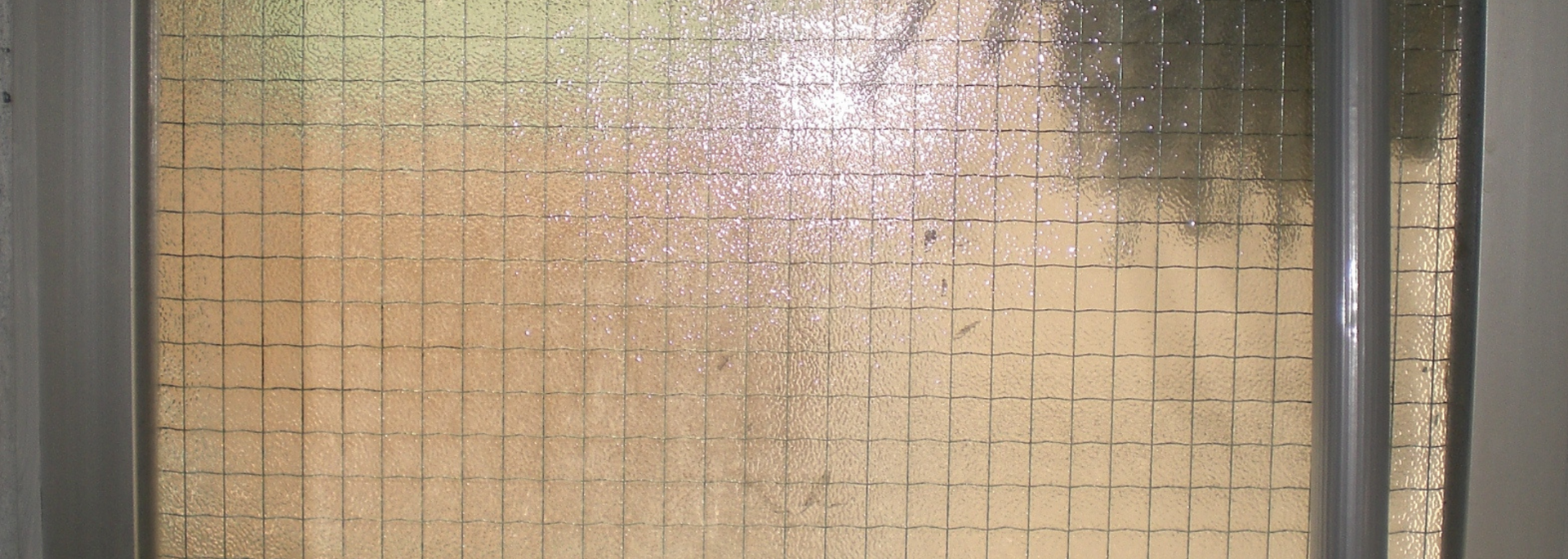
It was a time when the history of safety glass was being written. In 1874, toughened glass was invented. In 1903, laminated glass arrived on the scene. And in 1892, Frank Shuman patented wire mesh glass.
21वीं सदी की शुरुआत तक, यह अग्निरोधी ग्लेज़िंग का सबसे पहचाना जाने वाला प्रकार था। लेकिन इसमें एक समस्या थी।
वायर ग्लास प्रभाव प्रतिरोध के लिए अंतर्राष्ट्रीय नियमों को पूरा नहीं करता था। दूसरे शब्दों में, यह आग के फैलाव को रोक सकता था लेकिन टूटने पर चोट पहुंचा सकता था। इसने इसे प्रभाव प्रतिरोध और समग्र सुरक्षा में कठोर ग्लास और लेमिनेटेड ग्लास से कमतर बना दिया, जिन्हें सुरक्षित रूप से तोड़ने के लिए डिज़ाइन किया गया था।
इसके अलावा, वायर ग्लास सुंदरता के लिए कोई पुरस्कार नहीं जीत रहा था। निर्माताओं के सामने एक चुनौती थी। वे एक सुरक्षित, अधिक प्रभाव-प्रतिरोधी ग्लास उत्पाद कैसे बना सकते थे जो आँखों को खराब न करे?
इसका उत्तर सहस्राब्दी के मोड़ पर वायरलेस अग्नि-रेटेड सुरक्षा ग्लास के रूप में सामने आया।
तार से वायरलेस तक
वायरलेस सुरक्षा ग्लास का अनावरण 2000 के दशक के आरंभ में किया गया था और इसने शीघ्र ही अपने वायरी पूर्ववर्ती को प्रतिस्थापित कर दिया - इतना अधिक कि 2006 में वायर ग्लास को संयुक्त राज्य अमेरिका में प्रतिबंधित कर दिया गया।
इसके प्रतिस्थापन से आग के फैलने की गति धीमी हो सकती है। लेकिन यह सुरक्षित रूप से टूट भी सकता है, चाहे वह मजबूत हो (और इसलिए कई छोटे हानिरहित टुकड़ों में टूट जाए) या लेमिनेटेड (दरार हो लेकिन बिखर न जाए और अपने फ्रेम में बना रहे)।
यह अग्निरोधी ग्लेज़िंग में एक बड़ी छलांग थी। लेकिन वे शुरुआती उत्पाद अभी भी कोई सौंदर्य प्रतियोगिता नहीं जीत पा रहे थे। शुरुआती उदाहरण भारी फ्रेम और अपर्याप्त दृष्टि रेखाओं के साथ अलग दिखते थे।
निर्माताओं ने रोल्ड स्टील फ्रेमिंग और अन्य नवाचारों के साथ प्रतिक्रिया व्यक्त की, जिससे अग्नि-रेटेड सुरक्षा ग्लास का निर्माण हुआ, जो सीमलेस और वायरलेस दिखता था - इसमें जोड़, फास्टनर या वेल्डिंग का कोई निशान नहीं दिखता था।
Finally, a product was available that did the job
and looked the part. No longer would architects sigh as they requested its use in their designs. Job done! But there was still room for improvement. This was partly a case of how long the glass could withstand fire.
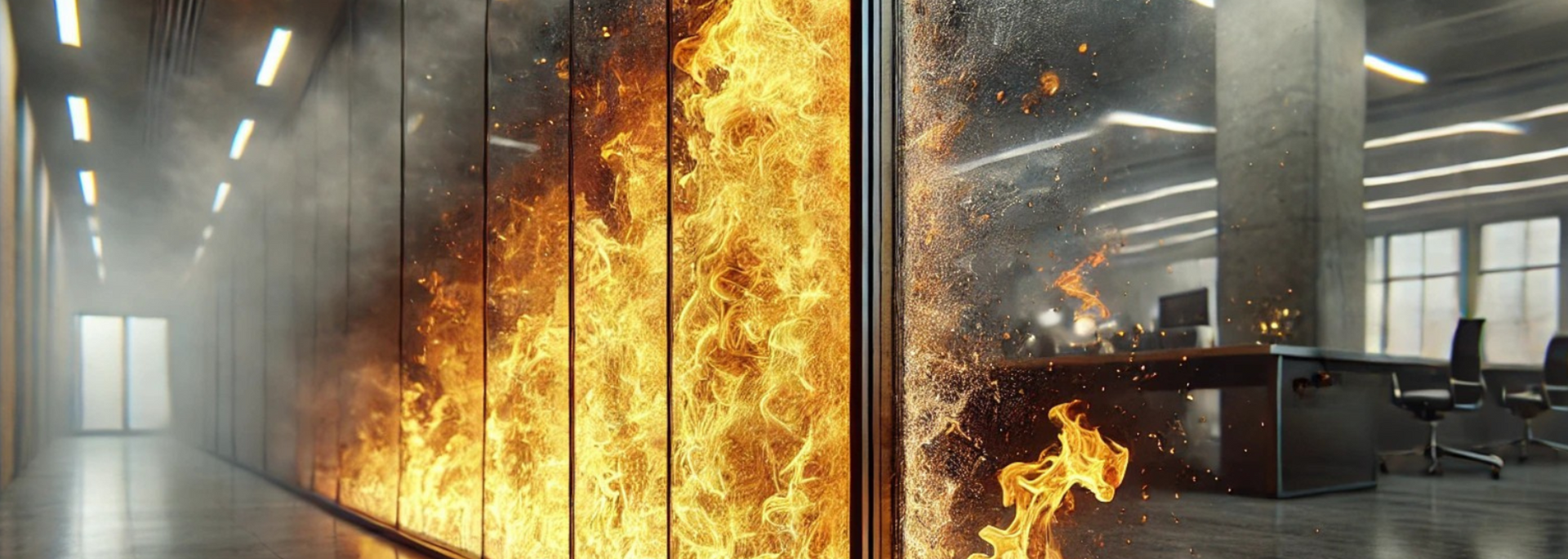
आप अग्नि प्रतिरोध कैसे मापते हैं?
अग्निरोधी ग्लास को इस आधार पर मापा जाता है कि यह कितनी देर तक आग का सामना कर सकता है। उदाहरण के लिए, अगर किसी ग्लास उत्पाद पर "EI30" का लेबल लगा है, तो यह 30 मिनट तक आग से सुरक्षा कर सकता है।
बेशक, जितना लंबा होगा, उतना ही बेहतर होगा - और आग प्रतिरोधी कांच के विकास का एक मुख्य तरीका बिल्कुल यही है। आज, ऐसे उत्पाद उपलब्ध हैं जो दो घंटे तक आग को झेल सकते हैं।
अब तक, आपको सबसे बेहतरीन अग्निरोधी ग्लास की तस्वीर तैयार हो जानी चाहिए। यह देखने में आसान है। यह सेफ्टी ग्लास की तरह टूटता है। और यह इतनी देर तक आग को झेल सकता है कि लोग बाहर निकल सकें और आपातकालीन सेवाएँ पहुँच सकें।
टफग्लेज़ में, हमें अपने TG FR उत्पाद के साथ यह सुविधा प्रदान करने पर गर्व है। लेकिन TG FR में एक विशेष सॉस है - या यूँ कहें कि एक विशेष जेल - जो इसे अपने प्रतिस्पर्धियों से कहीं आगे खड़ा करता है।
टीजी एफआर के बारे में
TG FR is our flagship fire-rated glass product. It's a toughened laminated glass, meaning it acts like safety glass – all while providing high levels of fire protection.
हालांकि, यह अपने समकक्षों से थोड़ा अलग तरीके से काम करता है। जहाँ कुछ अग्नि-प्रतिरोधी ग्लास उत्पादों में एक इंट्यूमेसेंट फोम परत का उपयोग किया जाता है, वहीं TG FR में दो ग्लास पैन के बीच एक विशेष जेल भराव होता है।
आग लगने की स्थिति में, यह जेल अपारदर्शी हो जाता है और गर्मी, लपटों और धुएं के खिलाफ एक सुरक्षात्मक अवरोध बनाता है। आखिरकार, एक शीशा गिर जाएगा। लेकिन इसका मतलब यह नहीं है कि आग जल्दी फैल जाएगी - यह एक ग्लास उत्पाद है जो दो घंटे तक आग का प्रतिरोध कर सकता है।
साथ ही, यह कोई ऐसा उत्पाद नहीं है जो किसी ख़ास व्यक्ति की तरह नज़र आए। इसके बजाय, इसकी उच्च स्तर की स्पष्टता और पारदर्शिता इसे आपके परिसर के साथ सहजता से घुलने-मिलने देती है।
यह एक अनूठा उत्पाद है जो काम तो करता ही है, साथ ही कुछ और भी करता है। और हमारे सभी उत्पादों की तरह, इसे आपके प्रोजेक्ट की सटीक आवश्यकताओं को पूरा करने के लिए आकार में काटा और अनुकूलित किया जा सकता है।
So, if you're in the market for state-of-the-art
fire-rated laminated glass, don't hesitate to
contact us for a quick, competitive quote. We look forward to hearing from you.

